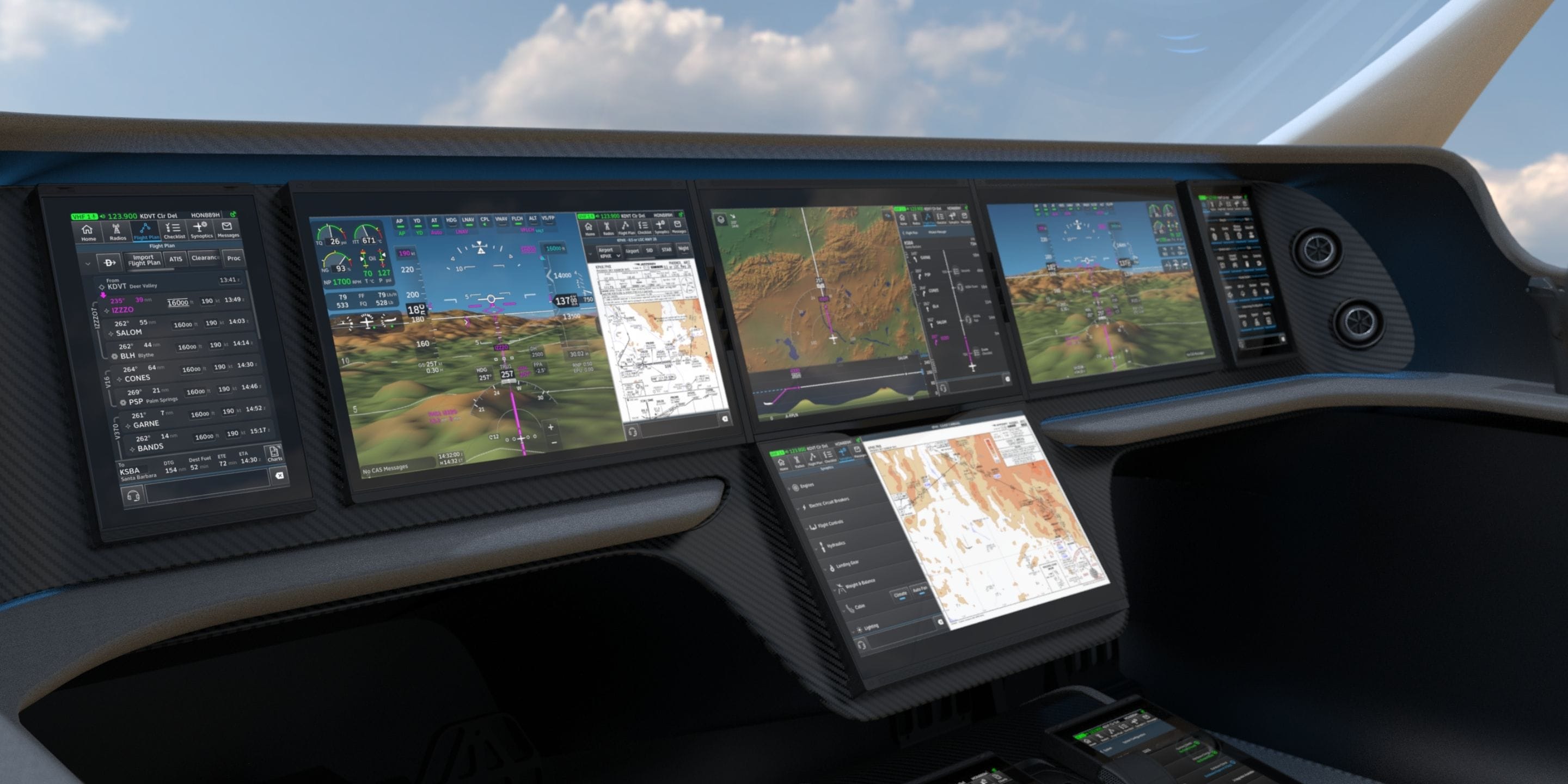#AircraftFlightControl #FlyByWire #AviationTechnology #AerospaceEngineering #FlightDynamics
Evolution of Aircraft Flight Control Systems and Fly-By-Wire: A Comprehensive Guide
Introduction
Since the dawn of aviation, the pursuit of safe and efficient aircraft control has been at the forefront of aeronautical engineering. From the rudimentary mechanical systems of early aircraft to the sophisticated fly-by-wire technology of modern airliners, flight control systems have undergone a remarkable transformation, shaping the course of aviation history.
Aircraft Flight Control Systems: A Foundation of Flight
Aircraft flight control systems (FCS) are the intricate mechanisms that enable pilots to maneuver and guide an aircraft through the skies. These systems encompass a range of aerodynamic devices that manipulate the aircraft's control surfaces, allowing pilots to control the aircraft's pitch, roll, and yaw.
Primary Flight Control Systems: The Core Components
At the heart of aircraft flight control lie the primary flight control systems, comprising the elevators, rudder, and ailerons. These essential components work in unison to provide the fundamental control over an aircraft's attitude and direction.
Elevators: Located on the horizontal stabilizer at the tail of the aircraft, elevators control the aircraft's pitch, causing it to ascend or descend.
Rudder: Positioned on the vertical stabilizer, the rudder controls the aircraft's yaw, enabling it to turn left or right.
Ailerons: Attached to the trailing edges of the wings, ailerons control the aircraft's roll, causing it to bank left or right.
Secondary Flight Control Systems: Enhancing Performance
While primary flight control systems provide the basic maneuverability, secondary flight control systems play a crucial role in enhancing aircraft performance and alleviating pilot workload.
Trim Systems: These systems counteract aerodynamic forces, allowing the pilot to maintain a desired attitude without constant control input, reducing fatigue and improving comfort.
Spoilers: Deployable surfaces on the top of the wings, spoilers disrupt airflow, increasing drag and aiding in rapid descent or braking.
Wing Flaps: Extendible surfaces on the trailing edges of the wings, flaps increase lift and reduce stall speed, enabling slower takeoffs and landings.
Leading-Edge Devices: These devices, located on the front of the wings, enhance lift at low speeds, improving takeoff and landing performance.
Evolution of Flight Control Systems: A Journey of Innovation
The development of aircraft flight control systems has been marked by continuous innovation, driven by the relentless pursuit of safety, efficiency, and performance.
Mechanical Flight Control Systems: The earliest flight control systems were mechanical, relying on a network of cables, linkages, and pulleys to transmit pilot inputs to the control surfaces.
Hydro-Mechanical Flight Control Systems: These systems incorporated hydraulics to amplify pilot inputs, providing greater control authority for larger aircraft.
Fly-By-Wire Technology: A Revolution in Aircraft Control
The advent of fly-by-wire (FBW) technology marked a pivotal shift in aircraft control, replacing mechanical linkages with electronic signals. FBW systems utilize sensors, computers, and actuators to translate pilot commands into control surface movements.
Benefits of Fly-By-Wire Technology: A Paradigm Shift
FBW technology has revolutionized aviation, offering a plethora of benefits:
Enhanced Safety: FBW systems provide redundancy and fault tolerance, reducing the risk of control failures.
Improved Performance: FBW systems enable precise control and optimization of aerodynamic characteristics, enhancing aircraft performance.
Reduced Pilot Workload: FBW systems automate many control tasks, reducing pilot workload and improving situational awareness.
Enhanced Design Flexibility: FBW systems allow for more flexible aircraft design, enabling unconventional configurations and aerodynamic optimizations.
The Future of Aircraft Flight Control Systems: A Path towards Unprecedented Capabilities
As aviation technology continues to advance, aircraft flight control systems are poised to evolve further, incorporating advanced sensing, artificial intelligence, and autonomous capabilities.
Smart Flight Control Systems: These systems will utilize real-time data and predictive algorithms to optimize flight control, enhancing efficiency and safety.
Adaptive Flight Control Systems: These systems will adapt to changing flight conditions and aircraft configurations, providing seamless and optimized control.
Autonomous Flight Control Systems: These systems will enable autonomous flight operations












